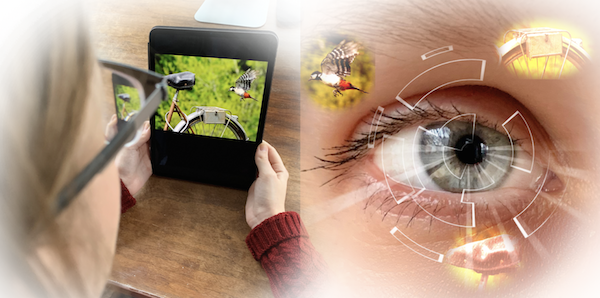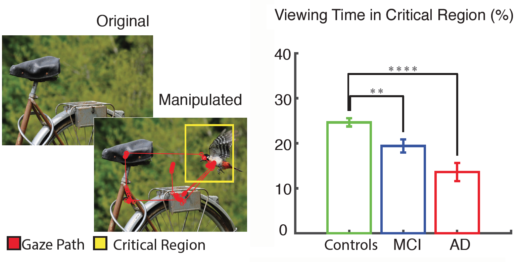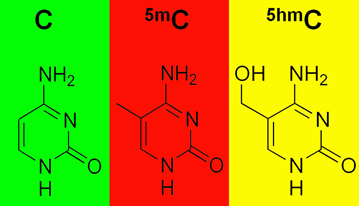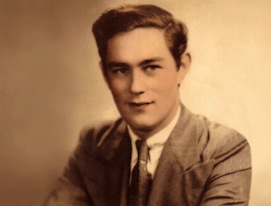Investigators at Emory Brain Health Center have developed a platform for evaluating visual memory, while someone views photos for a few minutes on an iPad.
Emory researchers, led by Goizuieta Alzheimer’s Disease Research Center director Allan Levey and biomedical informatics chair Gari Clifford, are working with the company Linus Health to develop the VisMET (Visuospatial Memory Eye-Tracking Test) technology further. Results from the most recent version were published in the journal IEEE Transaction on Biomedical Engineering, and the Emory/Linus team continues to refine the technology.
The goal is to screen people for memory issues, identifying those with mild cognitive impairment (MCI) or Alzheimer’s disease. The task — difficult to call it a test — was designed to be more efficient, easier to administer, and more enjoyable than tests currently used.
“We think this could be a sensitive and specific method for detecting visual memory impairment, and it’s convenient enough for use on a wider scale,” Levey says.
The VisMET technology is based on this observation. When someone with MCI or Alzheimer’s views a photo twice, and the photo has been changed the second time (example: an object in the scene has been removed), their eyes spend less time checking the new or missing element in the photo, compared with healthy people. This is because the regions of the brain that drive visual memory formation, such as the entorhinal cortex and hippocampus, are some of the earliest to deteriorate in MCI or Alzheimer’s.

“The current way memory tests are implemented can be stressful,” says software engineer Alvince Pongos, who is co-first author of the IEEE TBME paper, now at MIT’s McGovern Institute for Brain Research. “The difficulty of standard memory tests can lead to test-givers repeating task instructions many times, and to test-takers being confused and frustrated. If we design simpler tasks and make our tools available in the comfort of one’s home, then we remove barriers allowing more people to engage with their health information.”













